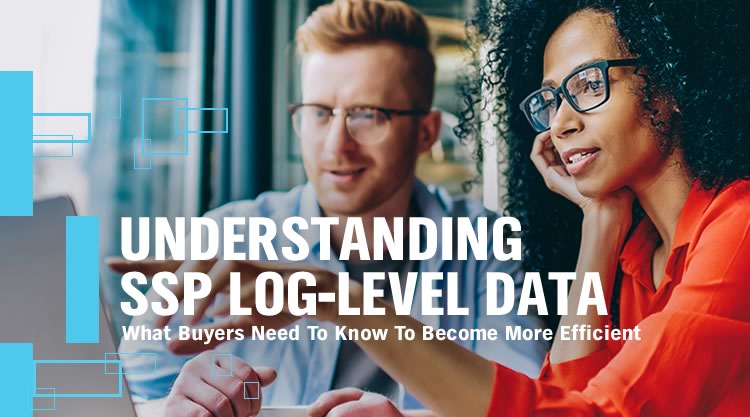Programmatic advertising is projected to reach nearly $100 billion in spend globally in 2020. To put that into perspective, in 2015, programmatic advertising spend was less than a third of that, totaling approximately $30 billion. That kind of growth is astounding in any industry, and it comes with growing pains and unique challenges.
For ad tech, some of the largest challenges have been related to fees, quality and auction transparency. How much of each dollar an advertiser spends gets to the publisher? Which companies are taking a piece out of that dollar? What value are does each company on the supply chain add?
PubMatic recently released a white paper, Understanding Supply Path Optimization, which outlines options that agencies and advertisers have to solve these problems and why they exist in the first place. Spoiler alert: as the title suggests, the solution will begin with changing which impressions buyers allow to exist within their auction.
How Supply Chain Optimization (SPO) Works
Typically, within any auction, buyers want as many sellers as possible. It is economics 101; an abundance of supply leads to more options, which ultimately drives down prices. Within programmatic, that traditionally meant that DSPs and agencies sought to access inventory from as many supply-side platforms (SSPs) as possible. Each SSP had pockets of exclusive supply, so increasing the number of SSPs was synonymous with increasing the number of sellers.
Header bidding blew up that framework. Publishers are now working with many, many SSPs simultaneously. Outside of some edge cases, most SSPs no longer have exclusive inventory. In this new paradigm, working with more than three or four SSPs does NOT increase supply, it increases intermediaries. In any auction, a given intermediary must add unique value to justify its cost and existence.
What Supply Path Optimization (SPO) Does
What is Supply Path Optimization (SPO) in business? The meaning behind Supply path optimization, or SPO, is really just the process of reducing the number of intermediaries until each is adding value. The white paper offers greater detail on the value that agencies and advertisers can unlock with SPO, but to summarize:
- Economic Control – SPO can extend the impact of a buyer’s ad spend by ensuring transparency into the fees that various SSPs charge, the efficiency and effectiveness of the technology provider’s auction dynamics, the level of direct connections with publishers, and whether the SSP is willing to offer buyers preferential rates for consolidating spend.
- Quality Control – A decent amount of fraud still goes unchecked and many websites offer user experiences of which no brand would want to be part. Both issues only occur because an SSP allows a bad actor into the auction. “You are only as good as your worst SSP.”
- Concentrated Innovation – When each SSP integrates with over 100 DSPs, and each DSP in turn works with over 100 agencies, collaborative product innovation is difficult at best. By forging meaningful partnerships with SSPs, agencies can influence the product roadmap and SSPs are incentivized to build custom technology.
- Holistic Insights – Understanding one programmatic SSP auction is difficult. Each additional SSP auction analyzed adds exponential complexity to the point that gaining real insights across multiple auctions is not possible. By consolidating spend on fewer programmatic partners, buyers can obtain visibility and better leverage available insights to improve their business efforts.
- Control Over Behavior – It’s too easy for under-the-table mechanics to thrive in a complicated ecosystem. Simplicity breeds accountability and simplicity is at the core of supply path optimization. By rewarding supply partners that continually act in accordance with their interests, buyers can positively impact advertiser ROI.
What’s Next?
Over the next five years, I am confident that programmatic advertising will continue grow. I believe in Supply Path Optimization technology and its effectiveness. However, I have heard too many large advertisers say that the lack of transparency and the hidden fees prevents them from moving more brand budgets into programmatic. We – SSPs and agencies – are in a position to collaborate in a way that we have not done before to fix this problem.
To learn more about Supply Path Optimization (SPO), make sure to download the full white paper or contact us.





